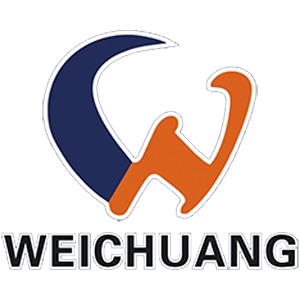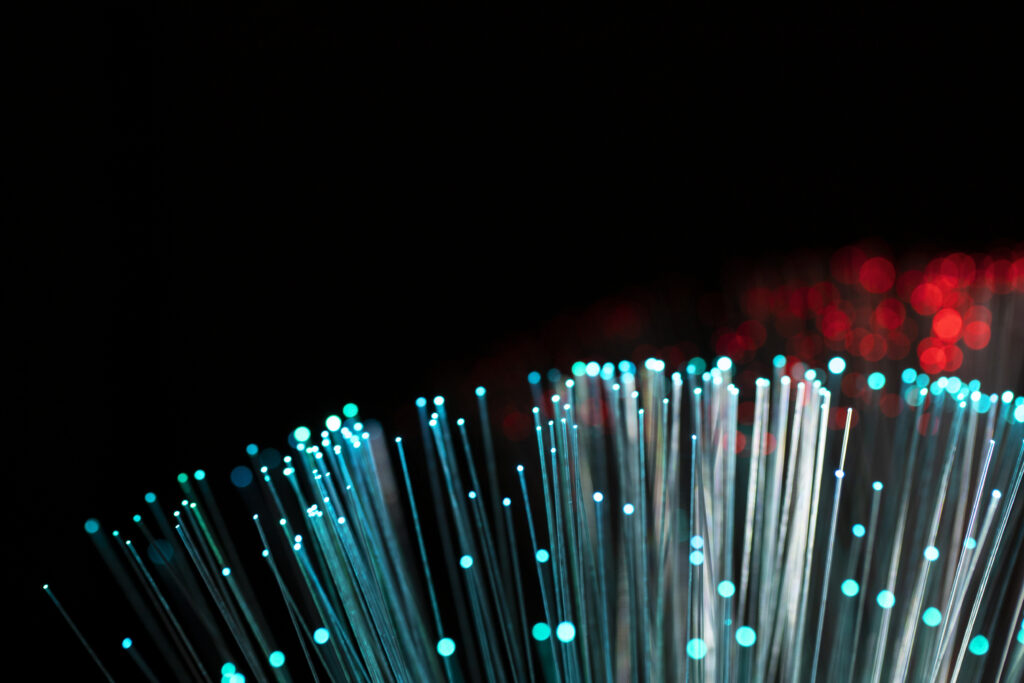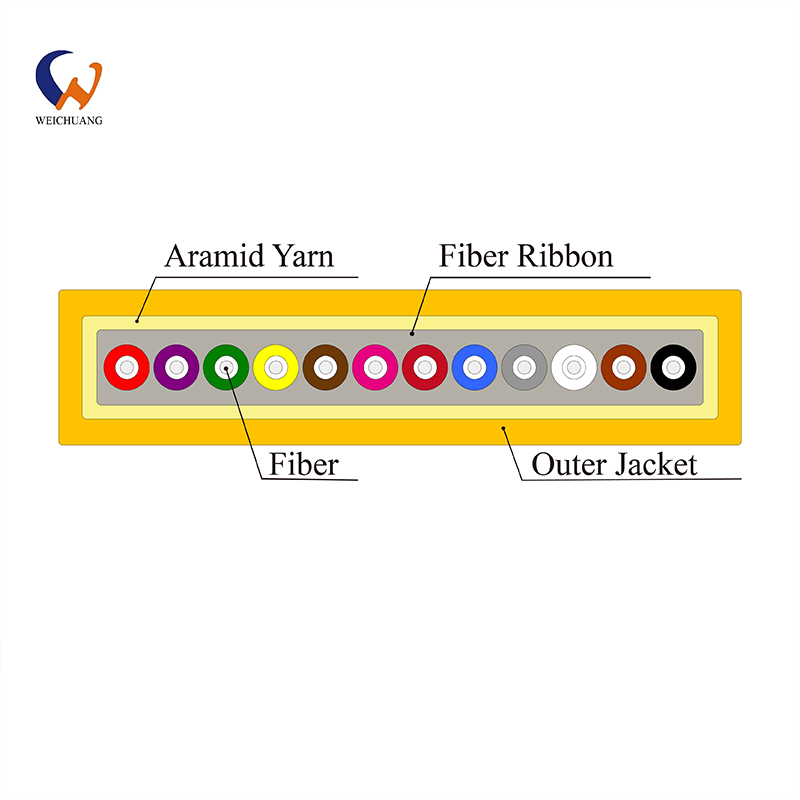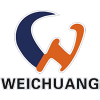As data usage soars across industries undergoing digital transformation, the need for ultra-high connectivity speed is significant. However, space limitations abound in infrastructure like data centers and within networking hardware. Ribbon fiber optic cables excel in these environments. A ribbon cable is a type of optical fiber cable design consisting of multiple fibers that are fused together into a flat ribbon. It enables far greater transmission capacities than conventional design. Hence, it has become essential for applications requiring maximum data throughput within tight areas.
What’s the Structure of a Ribbon Cable
A ribbon cable has a carefully engineered structure. It allows for the compact transmission of massive amounts of data through many parallel fiber strands. The four main components include fiber, fiber ribbon, aramid yarn, and outer jacket:
- Fiber
Made of glass or plastic, each fiber is only 8-10 micrometers in diameter yet can transmit data at immense speeds through its core.
- Fiber Ribbon
Multiple fibers are arranged side-by-side and fused together using advanced semiconductor wafer-bonding techniques. This process creates a thin, flat ribbon between 2-12mm wide containing 4, 8, 12, or more individual fibers.
- Aramid Yarn
The aramid yarn provides critical tensile strength and protection from external forces that could damage the fragile fibers. This wrap holds the ribbon fibers neatly in place while adding rugged durability.
- Outer Jacket
A tight-fitting and flexible plastic outer jacket is extruded over the inner assembly. Fire-retardant materials like PVC, PE, or LSZH are commonly used. This outer layer blocks water, dust, and other contaminants from reaching the inner fibers.
What Are the Advantages of Ribbon Cables
Ribbon cables provide clear benefits, including high fiber density, high flexibility, and low fiber loss:
- High Fiber Density
Fusing fibers into a ribbon allows many strands to be packed closely together, enabling immense bandwidth potential through many parallel fibers.
- High Flexibility
The flat, flexible ribbon structure allows tight bends and twists for installation into small conduits and tight spaces where a large cable diameter is not feasible.
- Low Fiber Loss
With their capability for short-distance, high-bandwidth transmission, fiber loss is negligible over their intended installation scope.
The Common Applications of Ribbon Cables
Because of their unique capabilities, ribbon cables find wide usage in connectivity applications that demand high-density, short-distance cabling within tight confines:
- Data Centers: The flexible ribbon cables deliver phenomenal bandwidth between densely packed servers and networking gear in data centers.
- Motor Meter: Ribbon cables can be used to connect the control circuitry to the display or to the motor drivers.
- Telecom Devices: In telecommunications, flat ribbon cables are used to connect various components within devices such as routers, switches, and other network hardware.
- Security System: Ribbon cables link multiple camera data streams simultaneously via limited pathway access.
- Electronic Gadgets:In consumer electronics like smartphones, tablets, and laptops, ribbon cables enable the connection between the display and the main circuit board.
- Medical Equipment: Medical devices often use ribbon cables for the connection of sensors, monitors, and other critical components where reliability and precision are essential.
Weichuang Optics: Your Reliable Supplier of Optical Fiber Cables and Connectors
Weichuang Optics is a premier fiber optic cable manufacturer based in China. We supply fiber optical cables and connectors and ensure superior product quality with ISO 9001:2015 certified production standards. With years of experience in the industry, we offer a wide variety of reliable products for telecom, enterprise, military, and consumer applications.
Two of our ribbon cable products are the Durable Indoor Optical Cable Flat Fiber Ribbon Cable and Indoor 12 Cores Round Ribbon Cable. Both are ideal for high-speed, short-distance data center and LAN cabling needs where space is limited. Here is a table highlighting the key specifications and features of these two ribbon cables:
Product Name | Durable Indoor Optical Cable Flat Fiber Ribbon Cable | Indoor 12 Cores Round Ribbon Cable |
Cable Type | 4, 6, 8, 12 fibers | Φ24 (also Φ2.0, Φ1.8, Φ1.6) |
Cable Dimension (mm) | 2.4×3.3 for 4-6 fibers, 2.4×5.0 for 8-12 fibers | 11 for Φ24 |
Cable Weight (kg/km) | 6.8 for 4-6 fibers, 9.4 for 8-12 fibers | 14 for Φ24 |
Fiber Type (core/cladding dimension) | SMF 8.3/125 μm | SMF 8.3/125 μm, 50/125 μm, 62.5/125 μm |
Attenuation (for (8.3/125 fiber type) | ≤0.40 dB/km at 1310 nm, ≤0.30 dB/km at 1550 nm | ≤0.40 dB/km at 1310 nm, ≤0.30 dB/km at 1550 nm |
Operating Temperature | -20°C to +60°C | -20°C to +60°C |
Conclusion
Overall, ribbon cables represent a high-performance fiber optic cable design. They are well-suited to applications requiring maximum bandwidth delivery within tight confines such as data centers, telecommunications equipment, and short-distance networking needs. Their ultra-compact design, facilitated by a flat ribbon of fused fibers, allows immense data throughput potential through numerous parallel fiber strands. The seasoned fiber optic cable supplier Weichuang Optics is a top choice for such requirements. Get in touch with us today to discuss your cabling needs.










